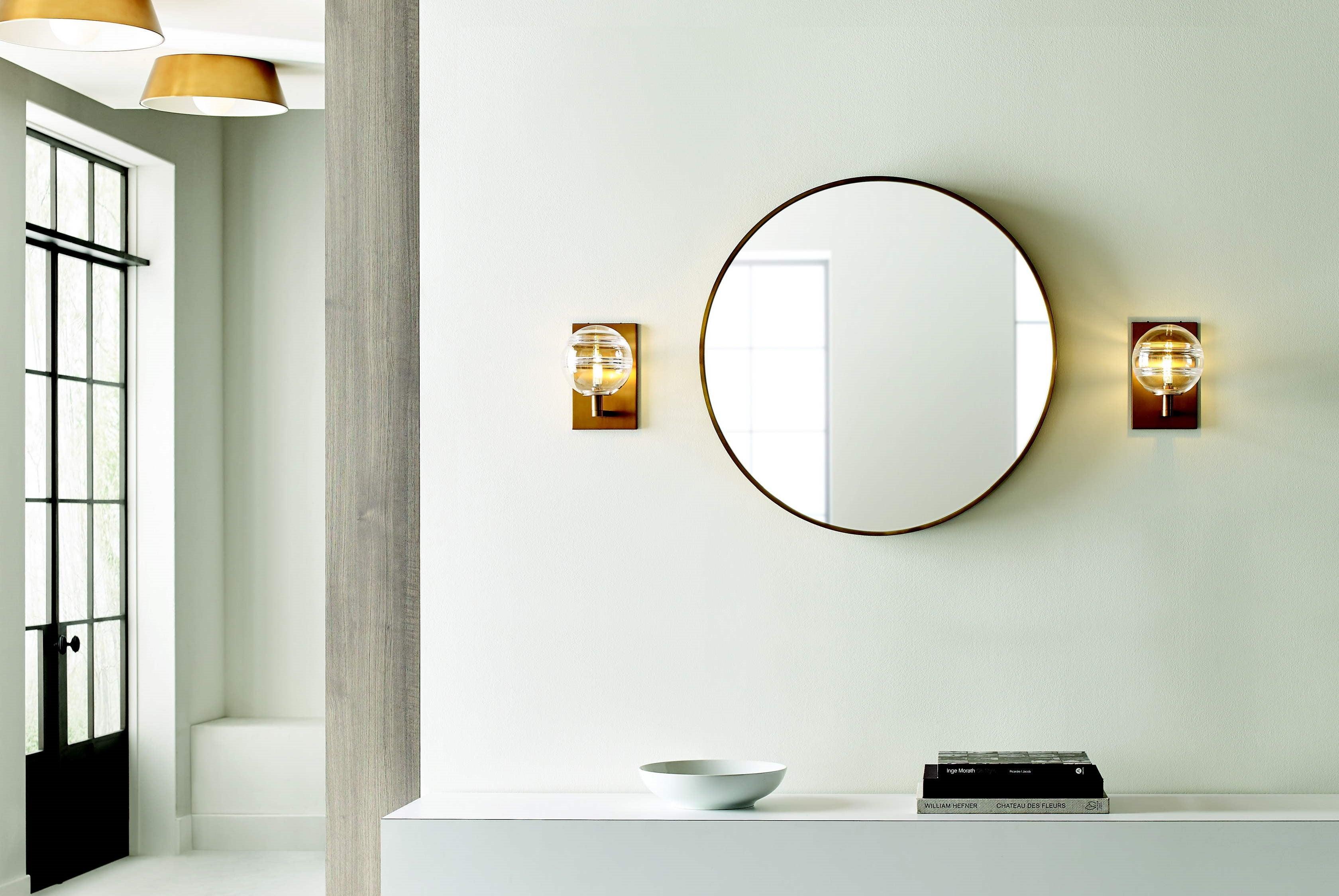Wall sconces, a versatile lighting solution, are a popular choice for their ability to add both functional illumination and decorative appeal to a room. These fixtures, mounted on walls, are available in a wide array of designs and styles, making them a perfect fit for any home decor style. This comprehensive guide will delve into the various types of wall sconces, their specific uses, and how to choose the perfect one for your space.
Understanding Wall Sconces
The origins of wall sconces can be traced back to the time when people used flaming torches to light their path inside dark corridors. These torches were then mounted on the walls for others to follow. Today, modern wall sconces have evolved into decorative light fixtures that can provide supplemental illumination, create an atmospheric effect, and even serve as the primary source of light in a room.
Wall Sconce Styles: A Spectrum of Choices
Wall sconces are available in an array of styles, from vintage designs reminiscent of pre-electric wall torches to minimalist contemporary pieces. These diverse styles make it possible for interior designers and home decor enthusiasts to stay on the cutting edge of lighting design while still appreciating a centuries-old light fixture.
Timeless Traditional Sconces
Traditional wall sconces, often inspired by antique designs, carry a distinct charm. These fixtures, adorned with intricate details and warm finishes, can add a touch of elegance to any room.
Shop Traditional Wall Sconces ►
Sleek Modern Sconces
Modern and contemporary sconces, on the other hand, are known for their clean lines and minimalistic designs. Often crafted in metal or glass, these sconces can provide a sleek, sophisticated look to your space.

Rustic Sconces for a Farmhouse Feel
Rustic sconces, featuring materials like wood and iron, are perfect for creating a warm, cozy atmosphere. These fixtures can effortlessly complement farmhouse, lodge, or boho eclectic decor aesthetics.
Artistic Wallchieres
Wallchieres, which are wall-mounted versions of torchiere floor lamps, are tall and slim fixtures that can add a dramatic flair to your decor. They can illuminate a wall with a beautiful wash of light while serving as a stunning decorative element.

Functional Swing Arm Sconces
Swing arm sconces are designed for functionality. With their adjustable arms, these fixtures can be directed to provide task lighting exactly where you need it.
Compact Flush-Mount Sconces
Flush-mount sconces, also known as wall washers, are compact fixtures that fit snugly against the wall. They can illuminate and accent an area with a soft wash of light, making them ideal for smaller spaces or areas where a protruding fixture may be a safety hazard.
Design Elements of a Wall Sconce
Most wall sconces consist of three specific design elements: the shade, backplate, and arm. Each of these elements plays a crucial role in the overall design and functionality of the fixture.
Sconce Shades
Sconce shades surround the light source and help direct the light. They can be made from a variety of materials, including fabric, metal, and glass, and their design can significantly impact the amount of light the sconce emits.
Sconce Backplates
Sconce backplates are the parts that connect the light fixtures to the wall. They can be subtle and unobtrusive or serve as dramatic statement pieces, adding to the overall design aesthetic of the sconce.
Sconce Arms
The arms of a sconce connect the light source and shade to the backplate. The design of the sconce arm can also significantly affect the look of the fixture.

Determining the Right Placement for Wall Sconces
The placement of wall sconces is crucial in ensuring optimal lighting and enhancing the aesthetic appeal of your space. Here are some general guidelines to help you determine the right placement for your wall sconces:
Height
Wall sconces are typically placed around 60 to 72 inches above the floor, which roughly corresponds to eye level. This height can, however, be adjusted depending on the height of your ceilings and the size of the fixture.
Spacing
If you're installing multiple sconces along a hallway or on either side of a mirror or artwork, it's important to maintain adequate spacing between them. A general rule of thumb is to space sconces 8 to 10 feet apart.
Distance from Sides
If you're placing sconces on either side of a mirror or piece of artwork, ensure they're about 6 to 9 inches away from the edges of the piece. This will help create a balanced look.

Power Sources for Wall Sconces
Wall sconces can be powered in a few ways, each with its own benefits and considerations.
Hardwired Sconces
Hardwired wall sconces wire directly into your home's electrical system, providing a clean, wire-free look. These fixtures should always be installed by a professional electrician.
Plug-In Sconces
Plug-in wall sconces can be mounted wherever an outlet is accessible, making them a more temporary and flexible lighting solution. These fixtures are simpler to install and can be moved around as desired.
Battery-Operated Sconces
Battery-operated sconces are the easiest to install and replace, running solely on batteries. They may not give out as much light as hardwired or plug-in sconces, but they come in many intricate styles.





